Myrcene: A Key Terpene in Cannabis
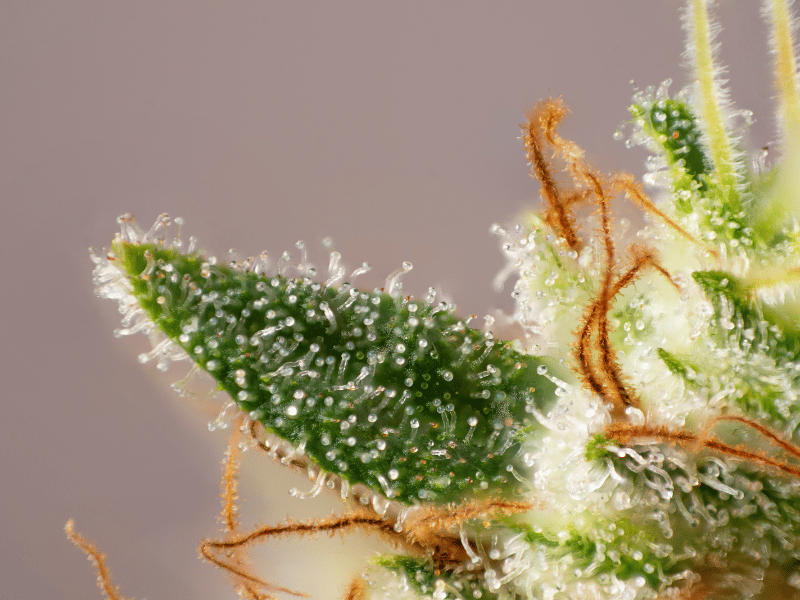
In the world of wellness, the spotlight often shines on the most unexpected heroes. One such unsung hero is myrcene, a key terpene found in cannabis.
Terpenes, aromatic compounds that give plants their unique scents and flavors, play a crucial role in the therapeutic potential of cannabis. Among these, myrcene stands out for its abundance and its intriguing properties.
Myrcene is not just confined to cannabis. It's also found in everyday fruits and herbs like mangoes and lemongrass, adding a musky, earthy aroma with a hint of fruitiness to their profiles.
But myrcene's significance extends beyond its sensory appeal. It's known for its potential sedative and relaxing effects, making it a subject of interest in the wellness industry.
Moreover, myrcene's potential benefits are not limited to relaxation. Research suggests it may have anti-inflammatory and analgesic properties, opening up possibilities for its use in pain management.
However, understanding myrcene's role in wellness is not just about recognizing its benefits. It's also about understanding its presence in different cannabis strains, its interaction with other terpenes and cannabinoids, and its overall impact on the wellness industry.
This article aims to shed light on myrcene, its benefits, its medical uses, and its role in cannabis. It's a journey into the heart of a terpene that's quietly shaping the future of wellness.
Understanding Terpenes and Myrcene's Place Among Them
Terpenes are essential aromatic compounds in the natural world. They give plants their unique fragrances and contribute to their flavors. In cannabis, terpenes are pivotal, influencing not just scent but also potential therapeutic effects.
Myrcene, one of the most abundant terpenes in cannabis, has garnered attention for its distinctive role. It's a monoterpene, which means it's one of the simplest forms of terpenes. Despite its simplicity, myrcene's impact is profound.
Here's a brief look at where myrcene fits among its terpene cousins:
- Limonene: Known for its citrusy aroma.
- Pinene: Offers a fresh pine scent.
- Linalool: Adds a floral touch.
- Caryophyllene: Features a spicy, woody essence.
Though each terpene has its own charm, myrcene is often celebrated for its potential to enhance relaxation. It's not just a passive aroma contributor; it may play a role in the entourage effect. This synergistic interaction boosts the therapeutic benefits of cannabis.
Yet, the journey of myrcene's impact is not singularly tied to cannabis. Across the plant kingdom, it works with other compounds to exert its calming influence. Its potential uses in holistic and alternative medicine are being widely explored.
In grasping the place of myrcene within the terpene family, we see the intricate balance that drives the wellness attributes of cannabis. Understanding this helps highlight why myrcene has become so critical to industries focused on natural health.
The Aroma and Presence of Myrcene in Nature
Myrcene stands out with its musky, earthy scent and subtle hints of fruit. This aromatic profile distinguishes it from other terpenes, providing a unique olfactory experience. It’s this aroma that contributes to the character of many cannabis strains, imparting a feeling of depth and richness.
Beyond cannabis, myrcene naturally occurs in a variety of plants. Mangoes, lemongrass, and hops are well-known carriers of myrcene. This widespread presence indicates its role and importance in the natural world, as these plants have been used in traditional medicines for their soothing properties.
The presence of myrcene in these diverse plants highlights its versatile nature. In each of these plants, myrcene contributes to more than just aroma—it plays a part in the plant's medicinal qualities. This versatility makes myrcene a fascinating subject for further study in both cannabis and broader botanical contexts.
Myrcene in Cannabis: Indica vs. Sativa Strains
Myrcene plays a crucial role in differentiating indica and sativa cannabis strains. The concentration of this terpene can influence a strain's effects, often guiding consumers in their selection process.
Higher levels of myrcene are typically associated with indica strains. These strains are known for their relaxing and sedative effects, making them popular for evening use. The sedative properties of myrcene enhance the calming effects characteristic of many indica varieties.
Conversely, sativa strains usually have lower myrcene content. These strains tend to be more energizing and uplifting, preferred for daytime activities. The varied presence of myrcene helps contribute to the diverse effects seen across cannabis strains.
When choosing a strain, considering myrcene content can provide insight into potential effects. Here are some key points:
- Indica strains: Higher myrcene levels, sedative effects
- Sativa strains: Lower myrcene levels, uplifting effects
- Hybrid strains: Balanced myrcene levels, mixed effects
Understanding the role of myrcene in these strains aids consumers in making informed decisions. Knowledge about myrcene allows for a more personalized cannabis experience, tailored to individual preferences and needs.
The Therapeutic Potential of Myrcene
Myrcene boasts a wide range of therapeutic benefits. Its medicinal properties make it a valuable component in both traditional and modern practices. This terpene's potential transcends simple aroma, offering profound effects on wellness and health.
One major benefit of myrcene lies in its sedative qualities. Historically, it has been utilized in herbal medicine to promote relaxation and improve sleep. Today, myrcene continues to support individuals seeking natural remedies for stress and anxiety.
Additionally, myrcene exhibits strong anti-inflammatory and analgesic properties. These effects can aid in managing conditions related to pain and inflammation. For those seeking plant-based alternatives, myrcene presents a promising option.
Research has also highlighted myrcene's role in the entourage effect. This suggests that when combined with other cannabis compounds, its therapeutic effects may be magnified. Such synergy is crucial in enhancing the efficacy of cannabinoid therapies.
Furthermore, myrcene holds potential anticarcinogenic and cardioprotective effects. Preliminary studies indicate myrcene may inhibit cancer cell growth and support heart health. These findings underscore the importance of further research to fully understand its impact.
Sedative and Relaxing Effects
Myrcene is particularly renowned for its sedative properties. It acts as a natural relaxant, assisting individuals struggling with sleep disturbances. Many people turn to myrcene-rich cannabis strains for its calming effects before bedtime.
The compound helps in reducing muscle tension, promoting tranquility, and easing a restless mind. Its effects are not just for insomniacs. Myrcene can be beneficial for anyone needing relaxation or stress relief at any time of the day.
Incorporating myrcene into wellness products can offer users a holistic approach to managing anxiety and stress. Consumers have noted its calming aroma as instrumental in setting a soothing atmosphere, emphasizing its multifaceted benefits.
Anti-inflammatory and Analgesic Properties
The anti-inflammatory properties of myrcene are well-documented. This terpene can be a key player in pain management strategies. By interacting with the body's natural processes, myrcene aids in reducing inflammation and associated discomfort.
Moreover, myrcene's analgesic effects offer promise as a natural pain reliever. Some studies suggest its potential in alleviating chronic pain conditions. Users of myrcene-rich products often report noticeable pain reduction.
The terpene offers an alternative to synthetic medications. For those seeking plant-based solutions, myrcene provides an option that’s both effective and natural. Its integration into wellness routines exemplifies the growing trend toward holistic health practices.
Myrcene and the Entourage Effect
Myrcene plays a vital role in the entourage effect, a cannabis-specific phenomenon. This concept suggests that terpenes and cannabinoids work synergistically to enhance therapeutic outcomes. Myrcene’s presence can significantly amplify these effects.
The interplay between myrcene and other compounds enhances overall benefits. Users may experience augmented relief from conditions like pain, anxiety, or stress. Researchers are keen to explore these interactions further to harness their full potential.
By understanding this synergy, brands can craft formulations optimized for specific therapeutic outcomes. Such products target varied wellness goals, from relaxation to enhanced mood. This knowledge empowers consumers to choose products tailored to their needs.
Potential Anticarcinogenic and Cardioprotective Effects
Preliminary research into myrcene has unveiled exciting potential anticarcinogenic properties. Some studies indicate myrcene might inhibit the proliferation of certain cancer cells. This points towards promising new avenues for cancer treatment exploration.
Moreover, myrcene may offer cardioprotective benefits. Early research suggests it could help support heart health, reducing the risk of certain cardiovascular issues. These findings warrant more comprehensive studies to confirm and expand upon initial results.
As research progresses, myrcene could play a more prominent role in health and wellness. Its potential extends beyond conventional applications, hinting at revolutionary uses in medical science. This underscores the importance of ongoing exploration in myrcene research.
Myrcene's Role in Traditional and Modern Medicine
Myrcene has long been recognized in traditional medicine. Various cultures have utilized plants rich in myrcene for its healing properties. These uses span centuries, highlighting the terpene's enduring significance in natural remedies.
In traditional practices, myrcene has been employed to treat ailments ranging from insomnia to pain. For example, lemongrass tea, a myrcene-rich beverage, has been commonly used for its soothing properties. Such ancestral knowledge continues to inform modern herbal medicine.
In contemporary settings, myrcene's potential is gaining attention in scientific communities. Its sedative, anti-inflammatory, and analgesic effects are of particular interest in medical research. These qualities make myrcene an important focus for developing new therapeutic solutions.
The integration of myrcene into modern wellness products marks a convergence of age-old wisdom and new science. This fusion enables the creation of innovative health solutions that respect traditional practices while leveraging modern research. By embracing both perspectives, we can better appreciate myrcene's vast potential in both traditional and modern medicine, paving the way for holistic health advancements.
Quality, Transparency, and Community Engagement
A commitment to quality is pivotal for success in the wellness industry. Products containing myrcene must meet the highest standards. This ensures safety and efficacy for consumers using these products.
Transparency builds trust and fosters consumer confidence. Companies should be open about their sourcing, production processes, and product contents. Transparency helps consumers make informed decisions about their health.
Community engagement is also essential. By actively participating in community initiatives, brands can educate and empower individuals. Engaging with communities creates a dialogue that benefits both the brand and its consumers, facilitating mutual growth and understanding.
The Importance of Lab Testing for Myrcene
Lab testing is crucial to verify myrcene levels in products. Accurate testing ensures that products have the intended effects. It also safeguards consumers from potential adulteration.
Furthermore, lab results offer transparency, enhancing consumer trust. By providing detailed terpene profiles, companies can demonstrate their commitment to quality. This fosters a more informed and satisfied consumer base.
Ethical Sourcing and Sustainability in Myrcene Production
Ethical sourcing is vital for ensuring the sustainability of myrcene production. Responsible practices protect the environment and support local communities involved in harvesting. Companies should prioritize sustainability to preserve the ecosystem.
Sustainability aligns with consumers’ growing interest in eco-friendly products. By embracing ethical sourcing, brands contribute positively to the environment. This commitment can enhance brand reputation and consumer loyalty.
Educating Consumers and the Community
Education is a powerful tool for empowerment. It helps consumers understand the benefits and uses of myrcene. This knowledge enables them to make choices that align with their wellness goals.
Brands can lead educational initiatives to inform their communities. Workshops, seminars, and informational content are effective strategies. Such efforts build a knowledgeable customer base and promote informed usage of myrcene products.
The Future of Myrcene Research and Its Impact on Wellness
Research into myrcene is rapidly evolving and holds promise for the wellness industry. Scientists are delving into the many ways myrcene can interact with the human body. This exploration could lead to new insights into its therapeutic potential.
The potential of myrcene in personalized medicine is particularly exciting. Its distinct effects could offer tailored solutions for wellness. As research progresses, customized treatments using myrcene may become feasible.
Myrcene's role in the entourage effect is also gaining attention. By understanding its synergy with cannabinoids, researchers aim to maximize therapeutic benefits. This knowledge can transform approaches to holistic health and plant-based therapies.
The future of myrcene research is not limited to health benefits alone. Its integration into sustainable and ethical practices promises to enhance industry standards. This shift aligns with global movements towards greener, more responsible wellness solutions. As myrcene research advances, it is poised to revolutionize wellness, offering groundbreaking opportunities for health, sustainability, and consumer empowerment.
Conclusion: Myrcene's Transformative Role in the Wellness Industry
Myrcene stands out as a key player in the expanding world of wellness. Its diverse benefits, from relaxation to potential cancer-fighting properties, mark it as a terpene of remarkable importance. As research unfolds, our understanding of myrcene continues to deepen.
The integration of myrcene into wellness products underscores its transformative potential. Brands dedicated to quality and transparency are pioneering its use, driving a shift towards plant-based, holistic health solutions. With continued research and innovation, myrcene is poised to redefine wellness paradigms and offer consumers effective, nature-inspired choices.
No comments

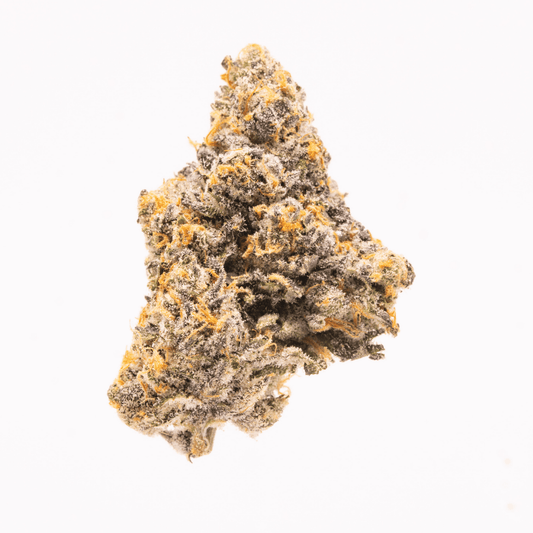
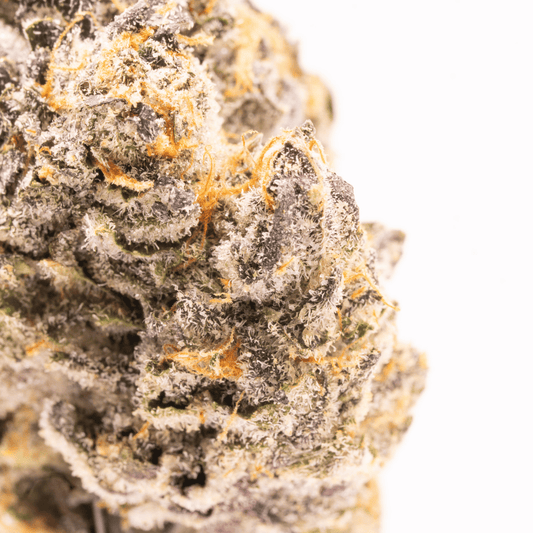
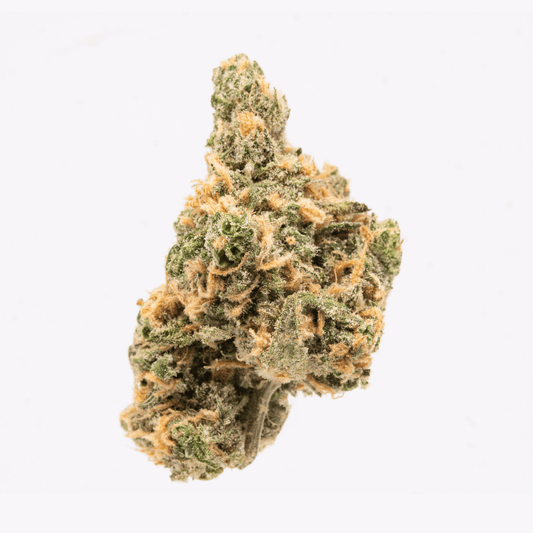
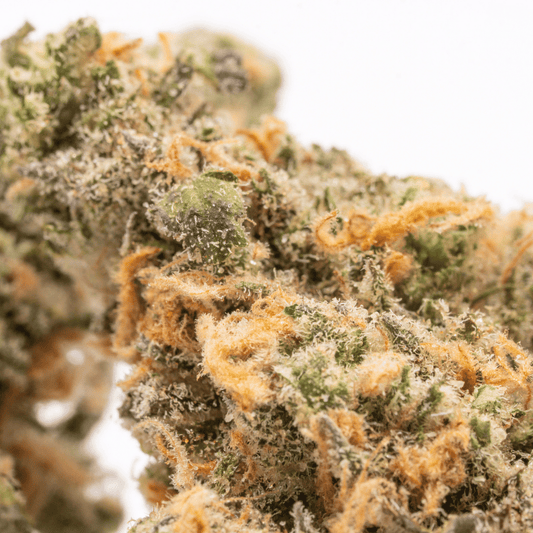
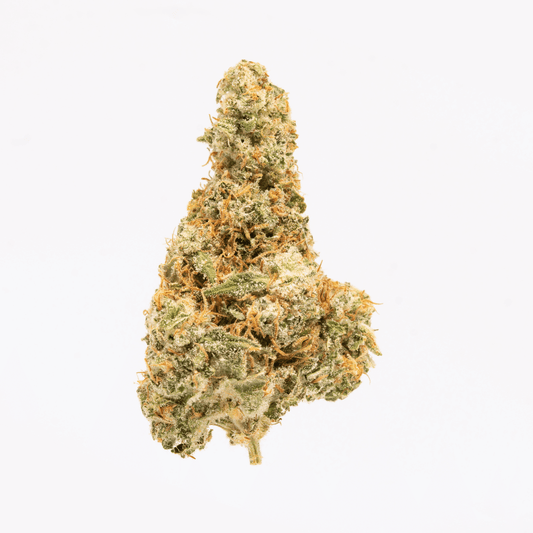
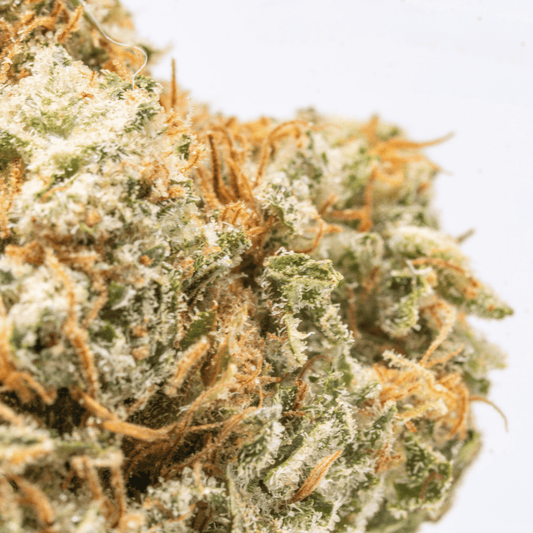
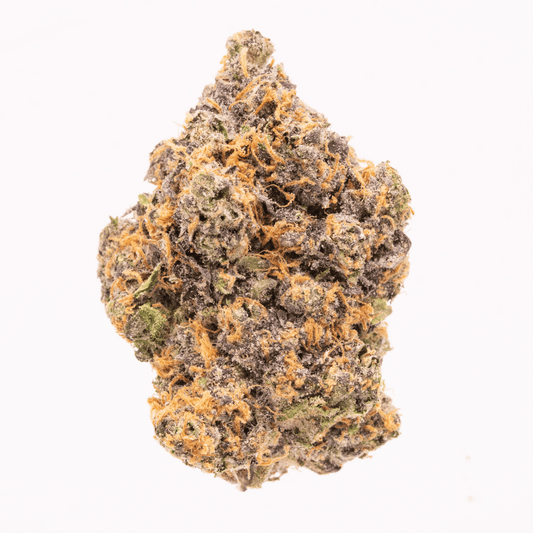
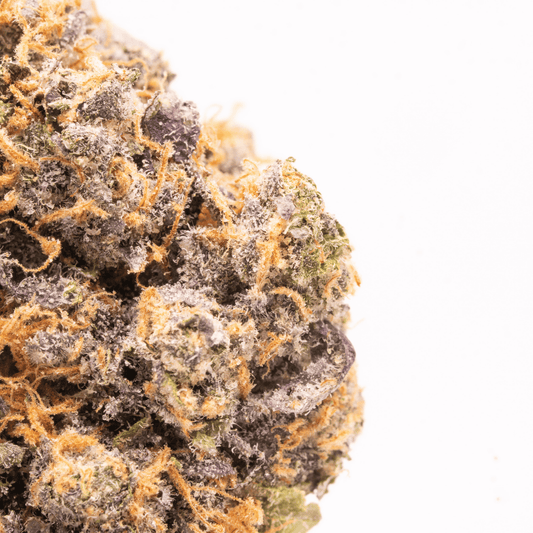
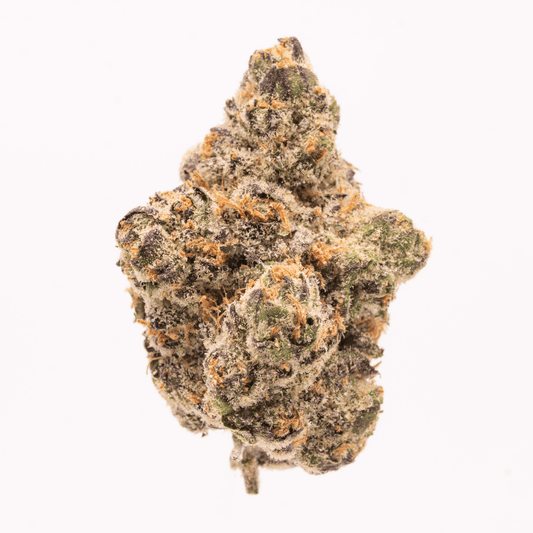
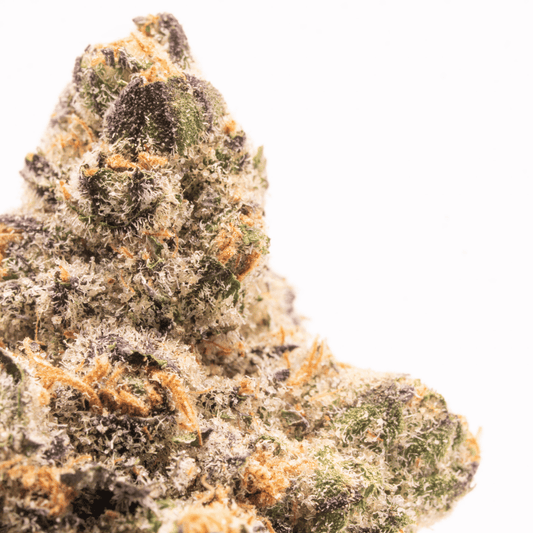
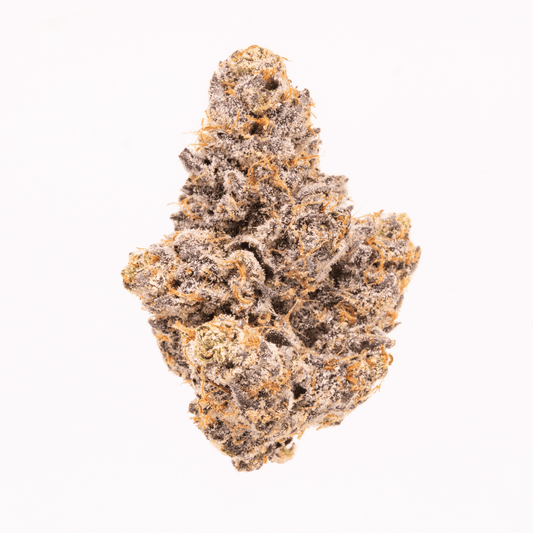
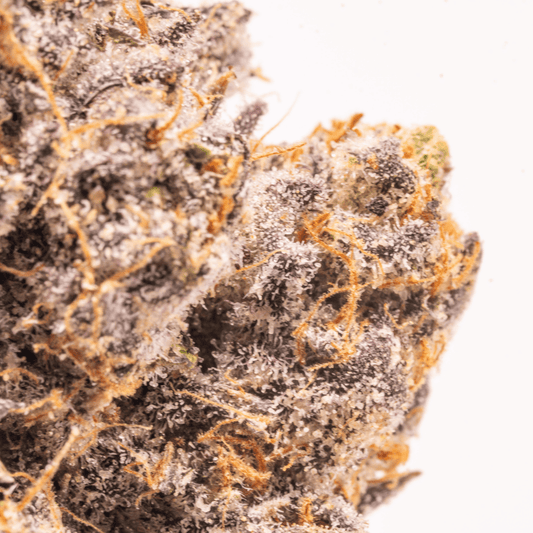
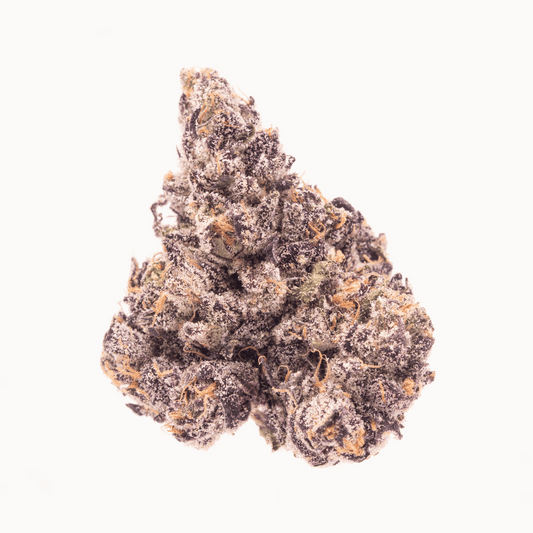
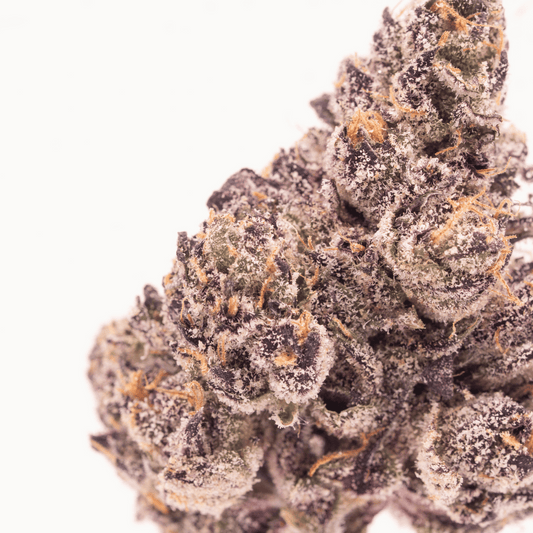
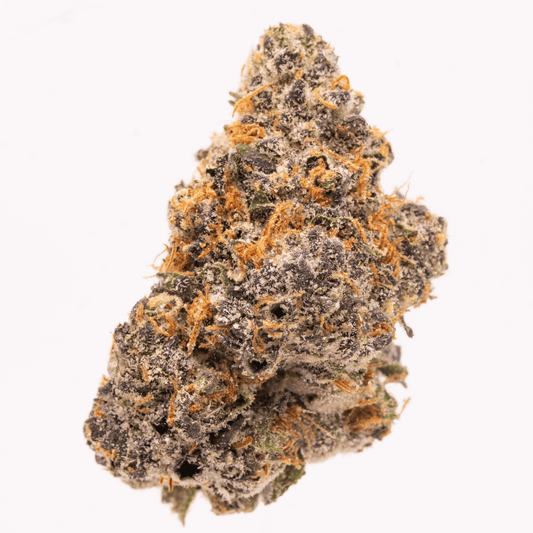
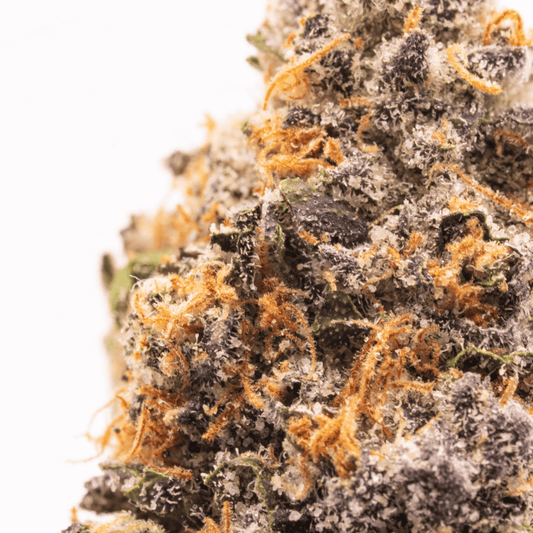
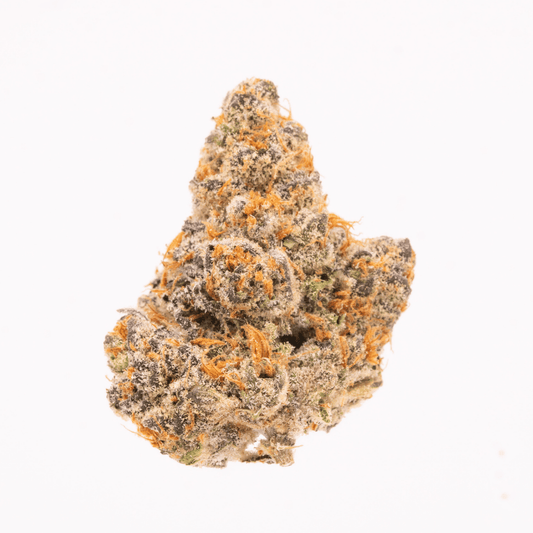
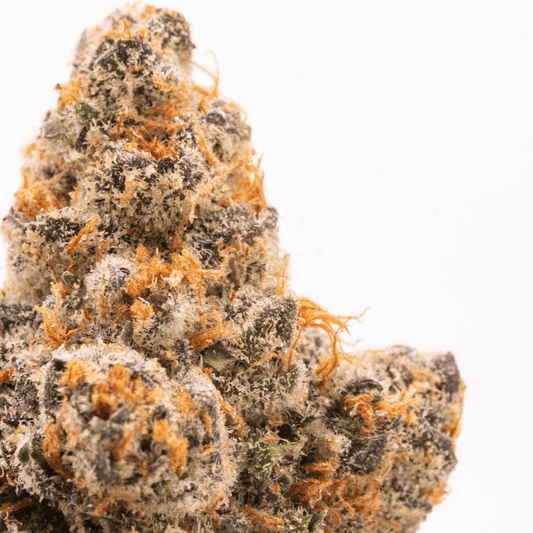
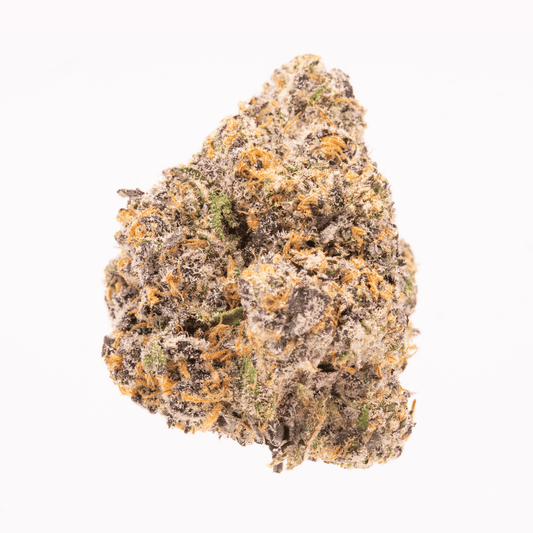
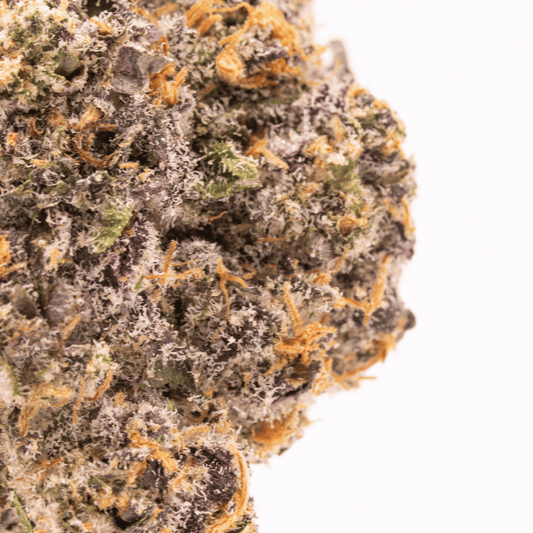
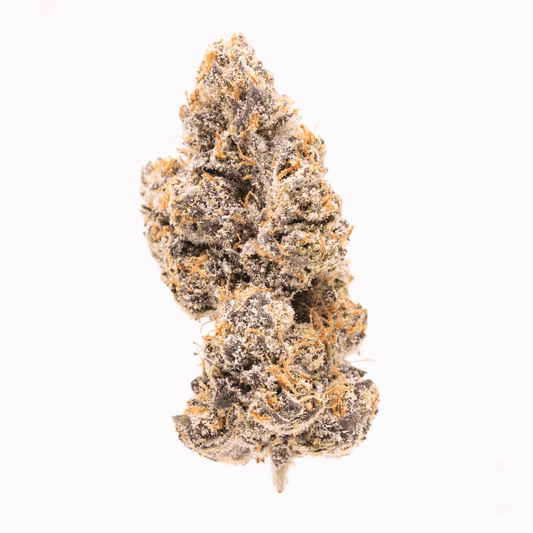
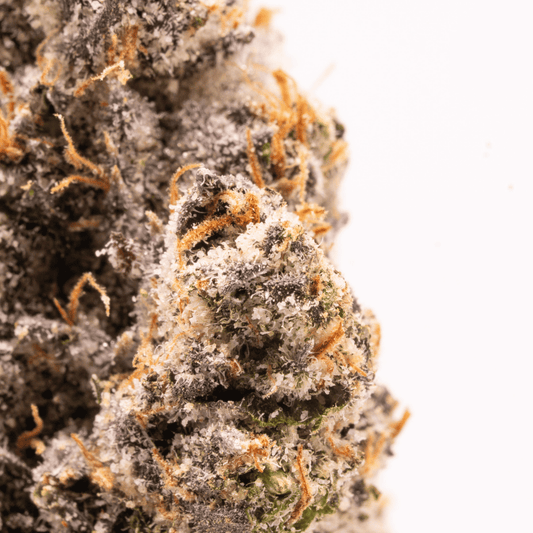
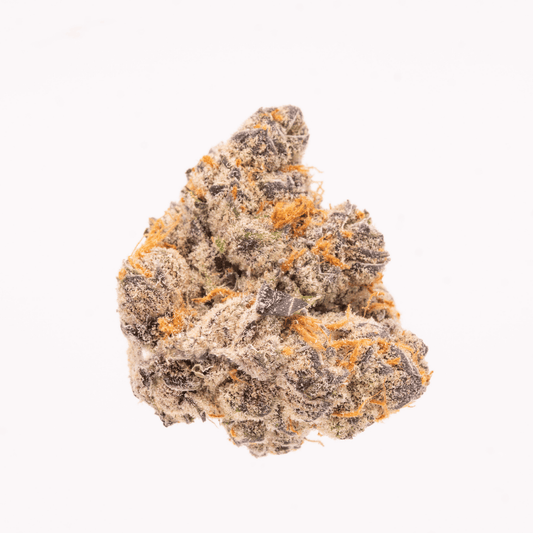
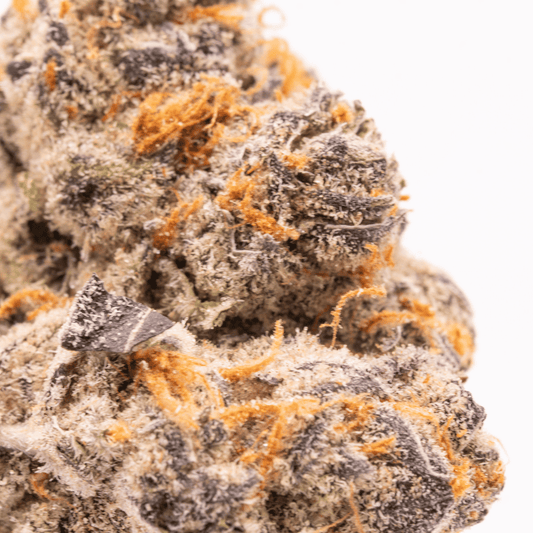
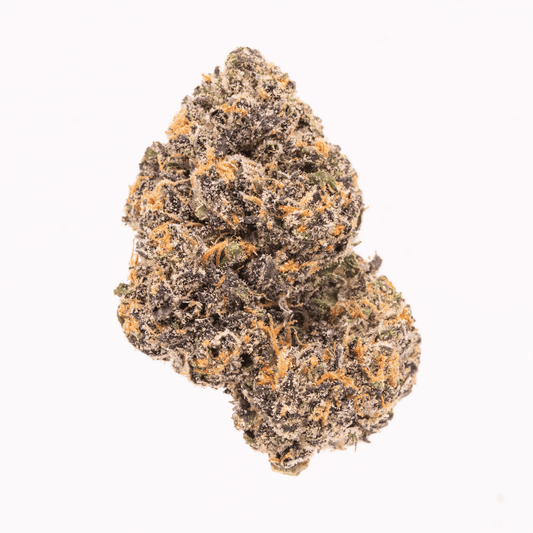
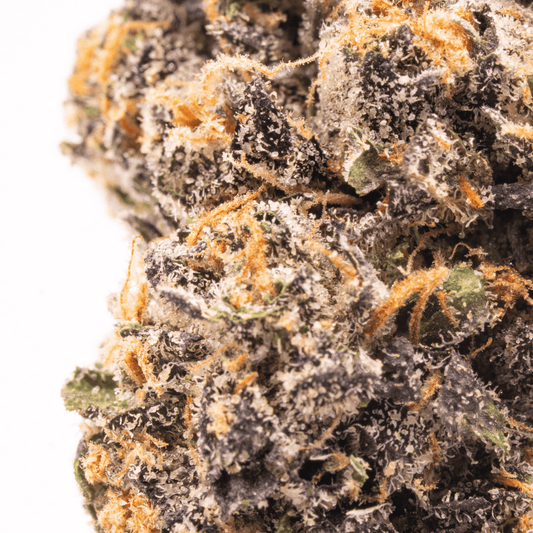
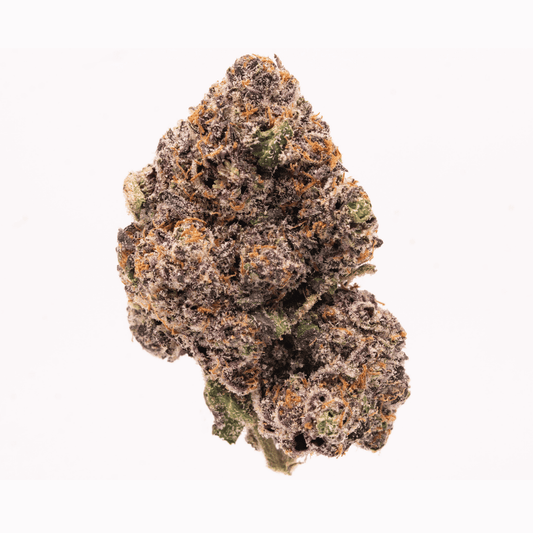
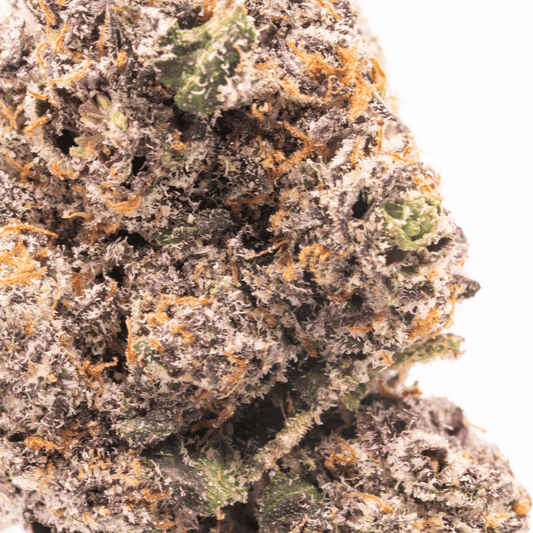
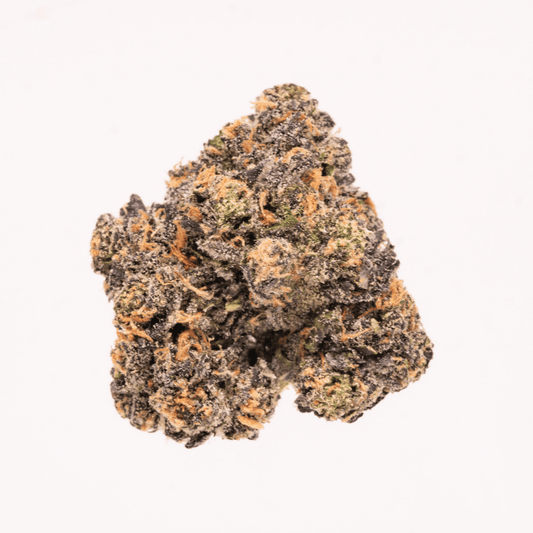
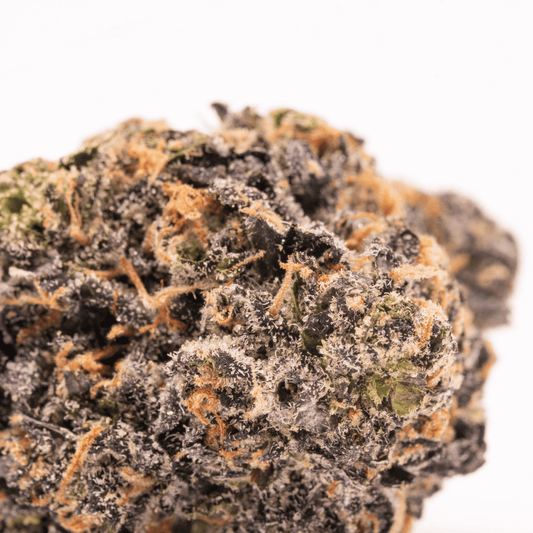

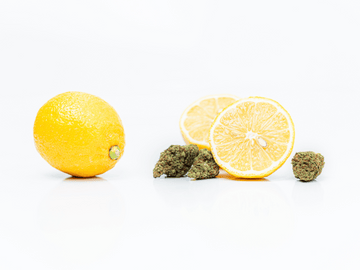



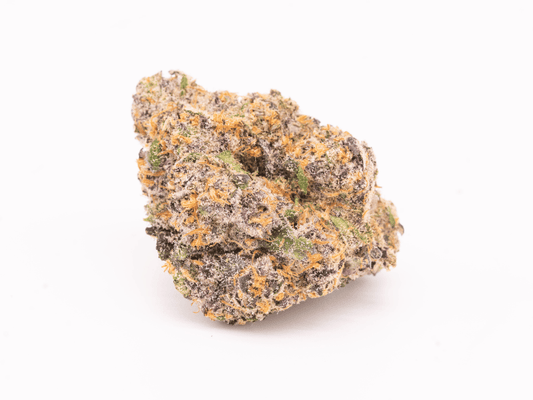



0 comments